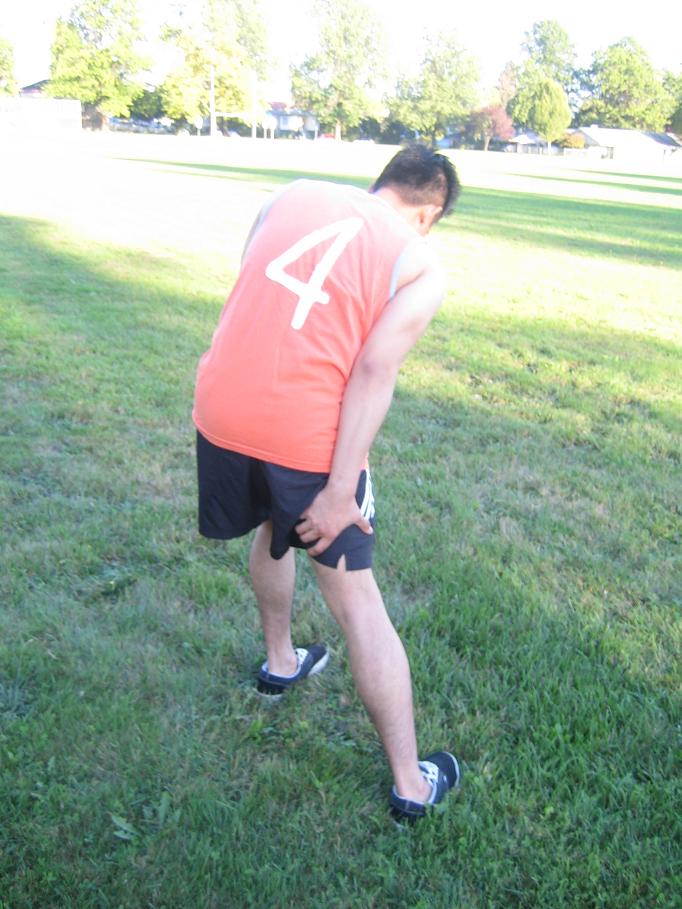Piriformis syndrome is a condition that begins with pain and tingling, or numbness sensations felt at the back or buttocks that spreads down the leg. It can be caused by nerve compression due to contracture or spasms of the piriformis muscle. Generally, a piriformis muscle is a flat muscle in the buttocks for stability of the joint of the hip and for lifting and rotating of the thigh away from the body.
It is usually due to performing repetitive actions during playing sports such as tennis, running and football injuries on the buttocks.
Causes of piriformis syndrome
- Hematoma
- Formation of scar
- Inflammation due to sprain and overuse
- Blunt trauma to the buttocks
Symptoms

- Tingling and numbness sensations such as pins and needles pricking the skin
- Pain
- Low back pain
- Spreading of pain down the sciatic nerve and as far as the foot
- Severe leg and buttock pain
- Symptoms may be irregular but they can recur especially worsened by running, sitting, climbing stairs or applying pressure on the piriformis muscles.
- It imitates symptoms of low back pain and sciatica caused by disc nerve entrapment or disc herniation.
Treatment
- Take plenty of rest. Avoid activities that cause further damage and worsen the condition such as weight bearing activities and running.
- Apply ice on the affected area to lessen the spasms, the inflammation and the pain. Wrap ice pack in a towel before placing to the area to prevent ice burn and delays the healing.
- Apply heat using hot water bottle as hot that can be tolerated on the area for at least 20 minutes 3 times every day for increased flow of blood in the area and lessen the spasms. Place a damp cloth between the skin and hot water bottle to prevent burn and worsen the condition. Apply heat on the affected area before performing stretching exercises is good for the condition.
- Let the affected person lie on the stomach and massage the painful area using a large ice cube for at least 8-10 minutes to prevent ice burn.
- Take the prescribed anti-inflammatory medications to lessen the pain and the inflammation.
- Prescribed local and corticosteroid injection into the piriformis muscle to lessen the severe pain, the spasms and for fast healing of the condition.
- Prescribed injection of botulinum toxin which is a muscle weakening agent. It relaxes the muscle and lessens the pressure placed on the sciatic nerve.
- Use a piriformis pillow to lessen the pressure and the pain on the piriformis muscle.
- Massage the area to release tension in the piriformis muscle. As the condition begins to improve, perform deeper massage for fast healing.
FACT CHECK
https://physioworks.com.au/injuries-conditions-1/piriformis-syndrome
https://www.spine-health.com/conditions/sciatica/what-piriformis-syndrome
https://www.webmd.com/pain-management/guide/piriformis-syndrome-causes-symptoms-treatments#1

